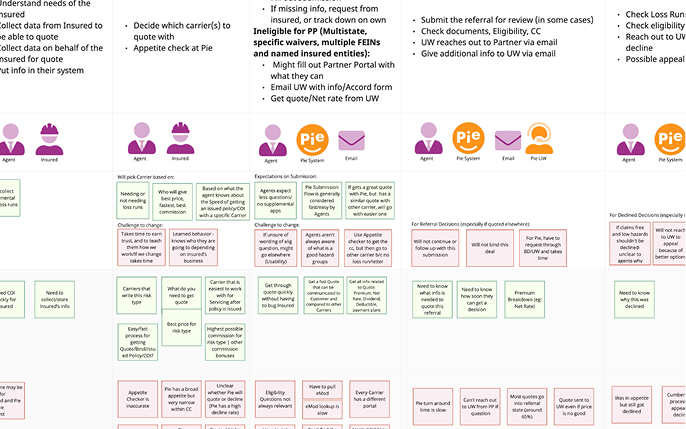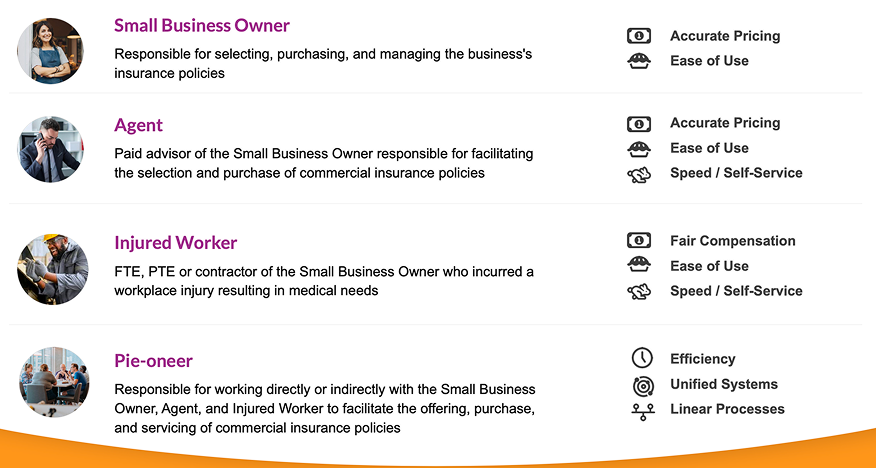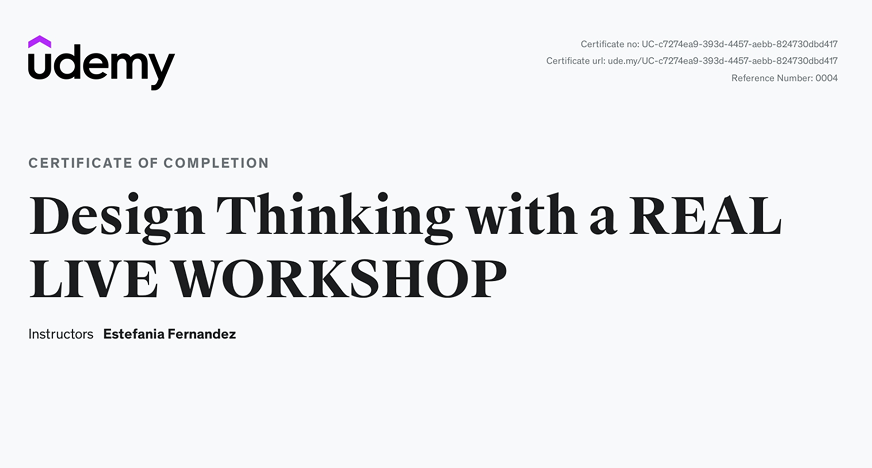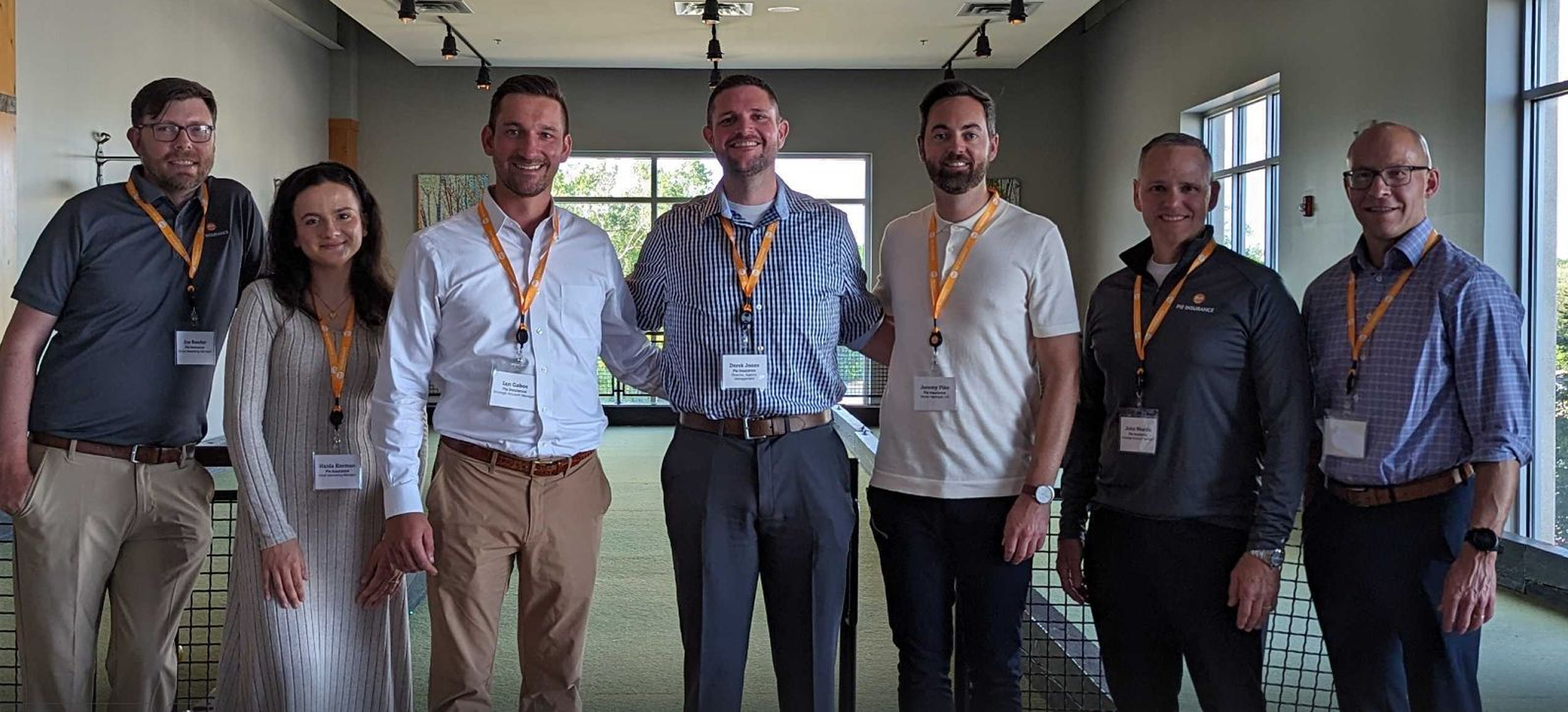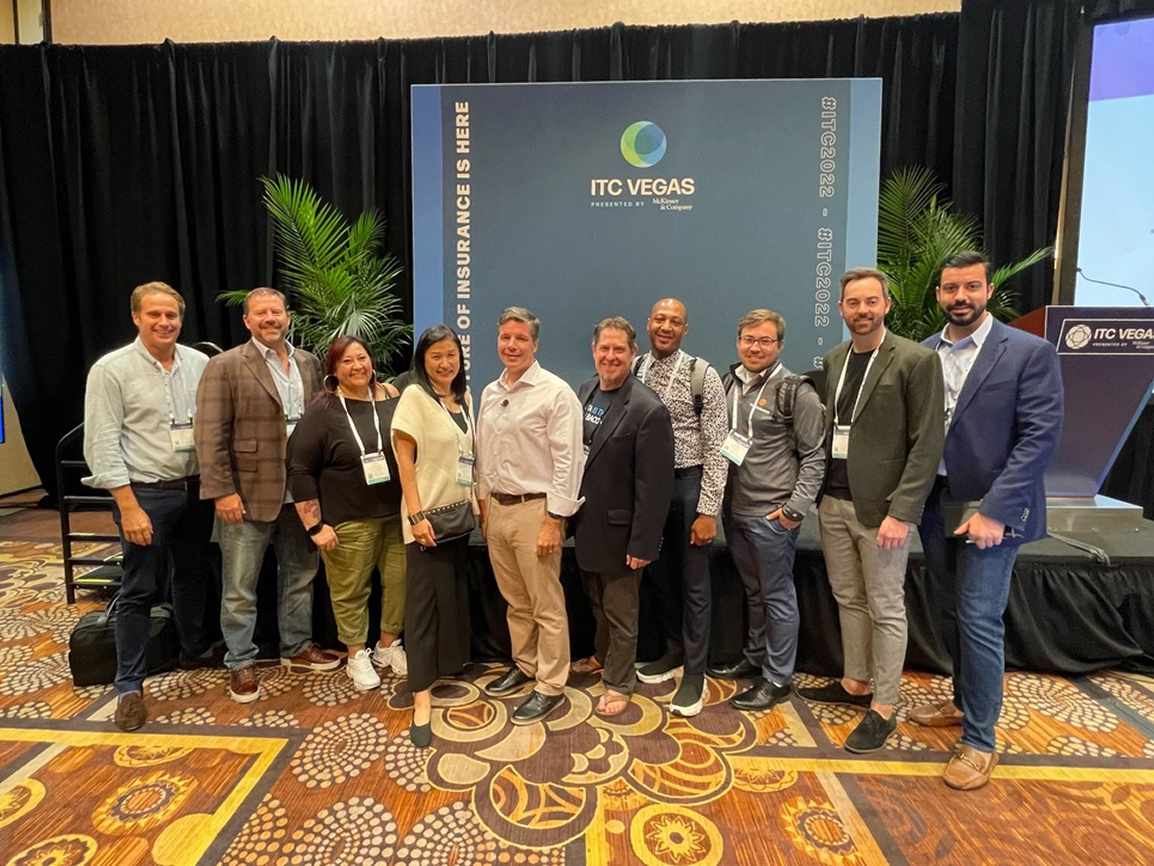Redefining Design: Transforming UX into a Strategic Growth Function
I guided a years-long transformation that elevated Pie’s UX team from a tactical service org to a strategic partner embedded across the business. By introducing new team processes, strengthening cross-functional alignment, and embedding user-centered practices at every level, UX became a key driver of product strategy, operational efficiency, and long-term growth.

Problem
The UX team lacked strategic function and operated in a tactical, reactive manner.
Six months after implementing a new UX team process and supporting workflow, I used JIRA time on task metrics to uncover that designers were spending 85% of initiative time in the Solution Exploration space, effectively skipping discovery and research activities of our Double Diamond framework.
UXD time-on-task metrics revealed an imbalance between discovery/research and solution design
Role
Manager of UX
I was responsible for overseeing team performance, resource planning, and design solutions across Pie’s Product Development portfolio.
Research & Learnings
To understand why the process was breaking down, I met with designers, product managers, engineering leads, and peers on the leadership team.
Through these conversations, I uncovered three key leanings behind the team's tendency to operate almost exclusively in the solution space.

UX Lacked Strategic Influence
UX was seen as a tactical function. Research was often ignored, journey maps were undefined, and designers were routinely left out of early product conversations.

Product Roadmaps were Top-Down & Opinion-Driven
Initiatives were handed down by executives and stakeholders based on intuition rather than user needs or strategic goals. Without a clear product north star, teams lacked alignment and UX had little influence on what was being built.

User-Centered Design Misalignment
Roles and deliverables were unclear, discovery was seen as UX’s responsibility, and the nonlinear design process conflicted with expectations for speed and predictability.
Strategy
Addressing the challenges required a layered approach across the UX team, product triad, and broader organization, each demanding specific actions to shift perceptions, improve collaboration, and embed user-centered thinking.
- To reduce top-down, intuition-based roadmapping, I managed the creation of journey maps that surfaced user pain points and missing functionality, launched a shared research repository (Dovetail), and championed insights in monthly all-hands.
- To resolve the lack of shared understanding around user-centered design, I built team-wide fluency through Design Thinking training, paired UXDs and PMs on research and discovery activities, and emphasized shared ownership of the discovery process — holding all parties accountable.
Together, these efforts were designed to reposition UX as a strategic partner by creating a shared understanding of user-centric design process, routinely communicating findings across the business, and aligning design practices with broader organizational goals.
Results
This multi-year transformation repositioned the UX team from a tactical service org to a strategic growth influencer embedded within the business.
Over time, UX became a trusted partner, shaping roadmaps, uncovering insights, and collaborating to meet business goals. The impact reached every level of the organization, driving measurable wins.
$100k
User shadowing uncovered duplicate workflows that were costing the business $60K–$100K annually
65%
Journey maps and research findings helped eliminate 65% of non-ROI producing roadmap initiatives
10X
Regular conversations with users lead to 10X increases in bound premium following in person visits
UX, Marketing, and BizDev teamed up to visit priority agencies nationwide, boosting productivity and driving preference during Summer of Retail 2024


